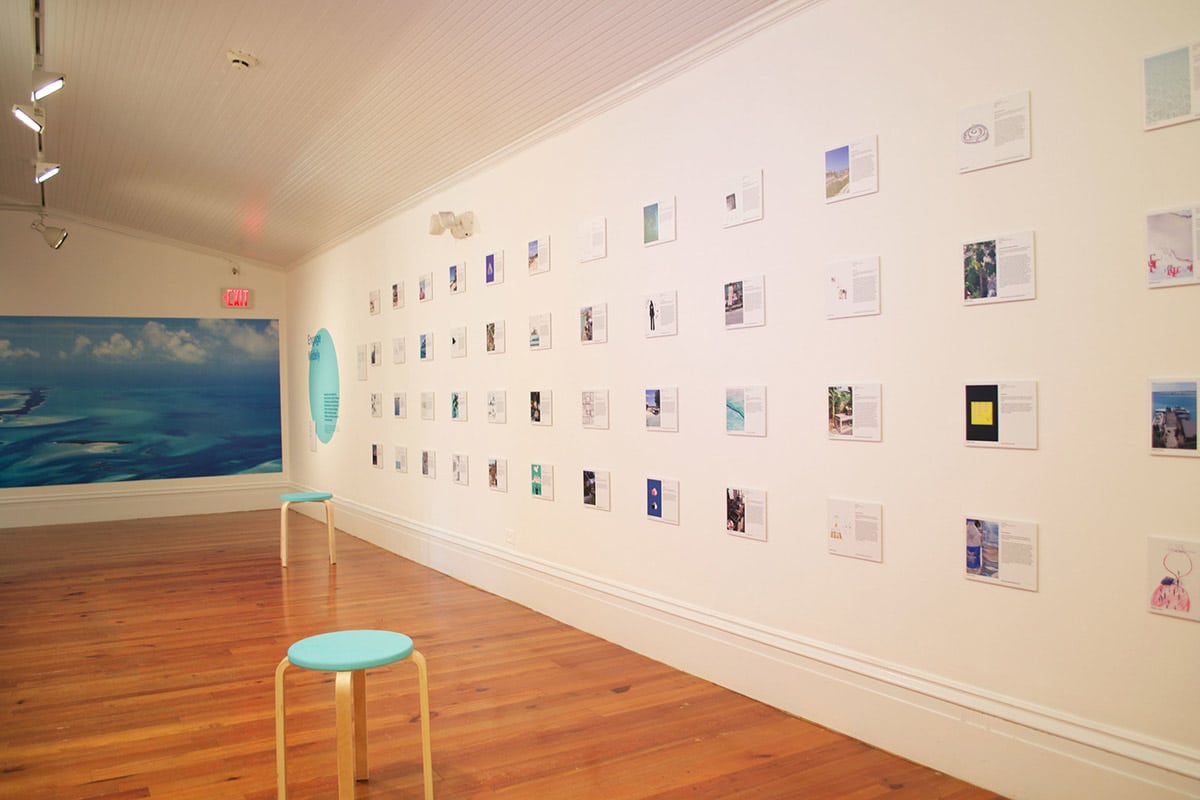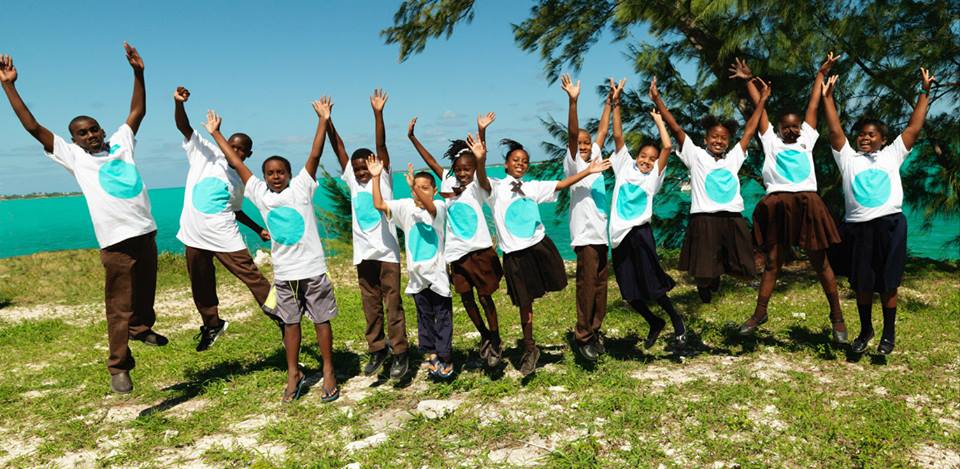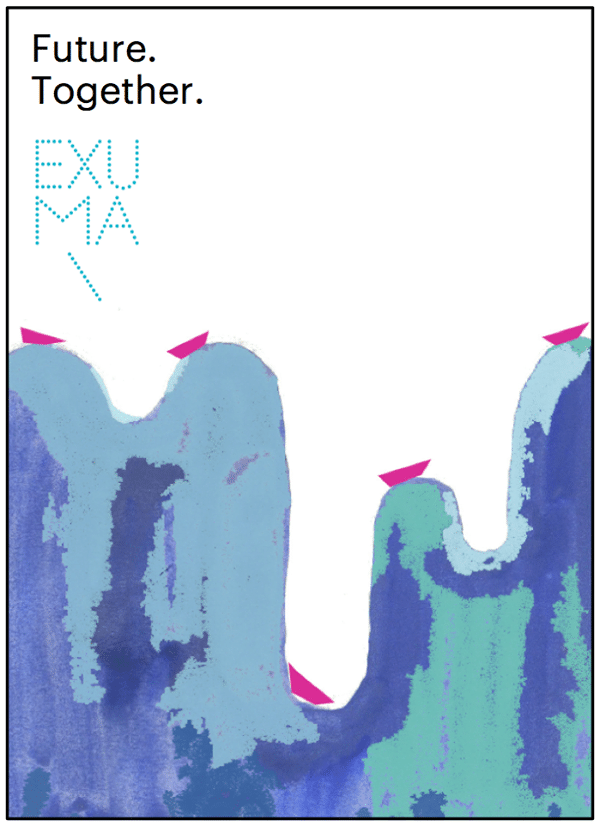EXHIBITION
A Sustainable Future for Exuma: A Traveling Toolbox
Thursday, August 11, 2016
Sunday, November 27, 2016
NAGB: Temporary Exhibition (t2)
West and West Hill Streets
Nassau, N.P.The Bahamas (map)


The National Art Gallery of The Bahamas (NAGB) will host an exhibition displaying the results of a three year collaboration among the Government of The Bahamas, the Bahamas National Trust (BNT) and Harvard University Graduate School of Design. The research project was formed to facilitate the design and management of a more sustainable future for Exuma, and The Bahamas more generally.
From the beginning, it was made clear that nobody wanted another exogenous land use plan that would “sit on a shelf.” Rather, they asked for a process that would lead to tangible differences in people’s lives over the longer term. To achieve this goal, the project embarked on a radically different approach to design and planning – incorporating extensive fieldwork into the process. Through understanding the social, environmental and subjective ecologies of a place, a truly sustainable solution can be realized. This involved inviting fifty-two researchers including anthropologists, architects, landscape architects, planners, and sociologists from Harvard University and The College of The Bahamas, to spend one week each in Exuma.
Field researchers participated in everyday life as much as possible and gathered stories of people’s lives. This was complemented by other, more traditional, forms of research and meetings, unified by a focus on imagining futures through design. The result is the “Exuma Toolbox,” a collection of tools aimed at various constituencies who may choose how, where, and when to activate them. In addition to the government and BNT, the constituencies include The College of The Bahamas, NGOs, and of course communities and individuals in Exuma.
The exhibition is centered on the project’s four central propositions:
1. Engage Widely
2. Work on Multiple Scales
3. Share Knowledge
4. Imagine Futures

Beginning with Engage Widely and moving through the gallery, the work explains the process of engagement with the various constituencies of Exuma, including local communities, private island owners, the government and NGOs, immigrants, tourists, and the environment itself – which often has the loudest voice of all. Working at multiple scales, we see an extensive mapping of Exuma and the GIS database that was developed. We see how, for example, the design and construction of chicken coops formed an important part of the overall planning process.
In Exuma, most food is imported, costly, and at times unhealthy. Food often does not arrive when expected. Children are often prepared for an urban lifestyle, rather than an island-based lifestyle, which requires a unique set of self-sufficiency skills. In response, the team, together with communities and schools, and the US Navy Seebees, designed and built eight chicken coops on three different islands in Exuma. They developed a manual and worked with schools to ensure other islands will have similar opportunities for fresh food.
Additionally, there are now 2,000 local fruit trees being propagated, ready for planting. The idea being, the projects have multiple modes of entry, are initiated and sustained by multiple constituencies, and range in scale: from the large to the small. The Share Knowledge portion of the exhibition features a series of short films produced by the team alongside multimedia storytellers Siri Linn Brandsøy and Suneeta Rani Gill with the assistance of Tarjei Langeland. Over the course of several weeks, the team traveled throughout Exuma to meet with people who live in, work in or are visiting Exuma.
Local skills, knowledge, and practices were documented, highlighting different perspectives of life relating the past and present of Exuma and illustrating that much of the skills required for a sustainable future are already in Exuma, they just need to be shared more widely. Together, they show how people imagine island life being sustained in the future.
In terms of Imagining Futures, if the future is not imagined, and possible scenarios developed, there is no way of shaping it. Sea levels are rising and the population is increasing. Where will people live? How can we embrace these changes in a positive way? Can we imagine ways of living and farming in the sea, planting coconut palms on the waterfront, reviving salt collection and imagining new ways to collect water? This section deals with speculations on the future.
The exhibition is intended as a platform for discussion. Through the exhibition and associated events and discussions, the Sustainable Future for Exuma project works to imagine and build a future, together.